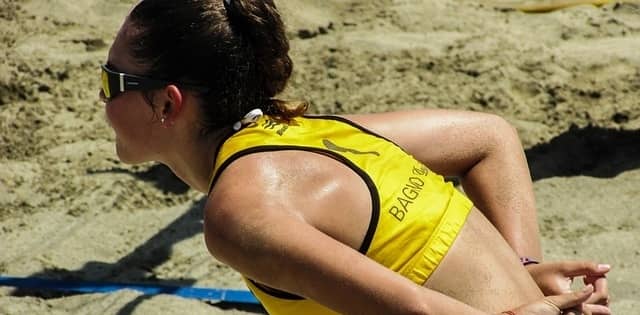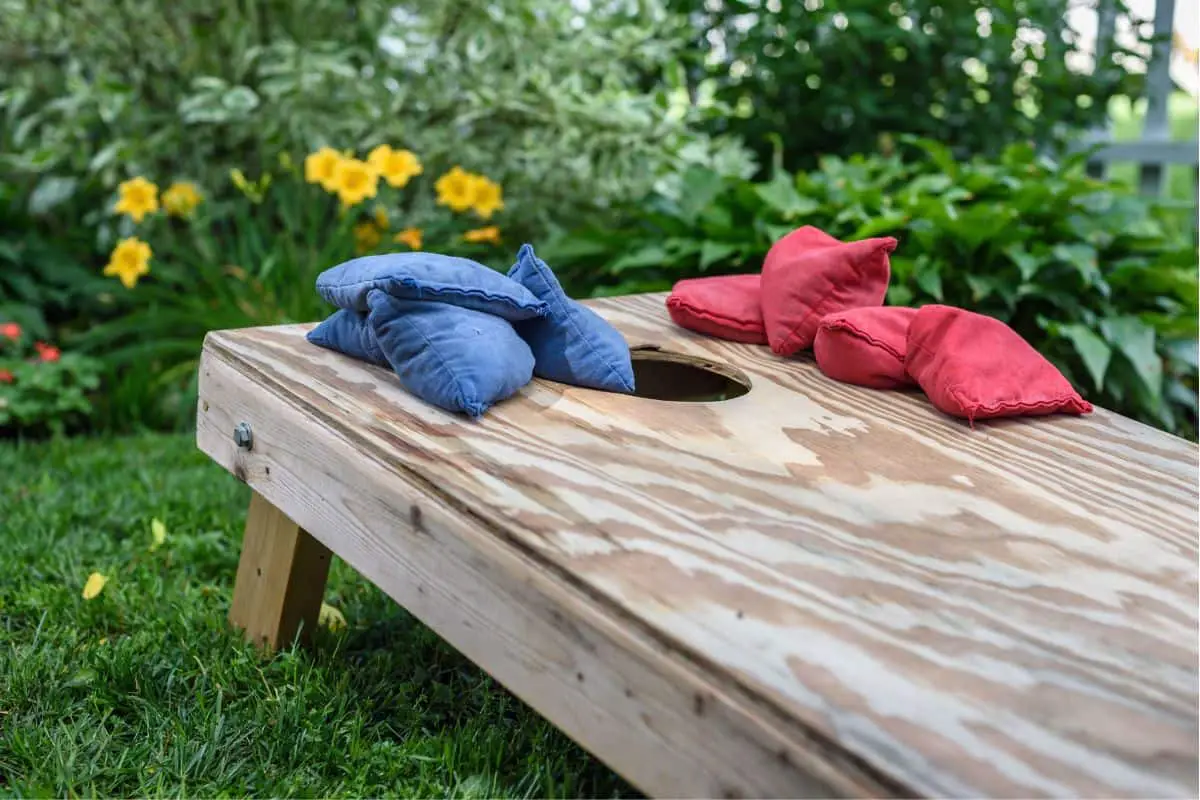The left-side hitter, or outside hitter, is a pivotal part of the team. They will play an important role in the defence. But their primary objective is to attack, spiking the ball over the net.
Because of this, a left-side hitter is an essential part of any volleyball team. They will need to develop a specialized set of skills. Keep reading to learn the most important attributes of someone who plays this position.
1. Spiking the Ball
One of the most important functions that the left-side hitter has is leading the team’s attack. They will spike the ball most frequently. This is due to their position on the court. They will usually be the easiest to set for and should be in a prime position to deliver a strong spike.
The good news is that there are a few tips you can use to improve your spiking skills. These include:
- Look at court position. You need to be strategic about where you are spiking the ball to. Look for gaps in the defense. These are the weak spots that you should be targeting.
- Work on your power. You should be aiming to deliver a fast spike this will make it harder for the opposition to get into a position to block the attack.
- Get the right stance. Part of being an effective spiker is getting into the right position. This will make it easier to hit the ball accurately and apply plenty of power.

2. Working With the Middle Defender to Block
As we mentioned, defense is an important part of your job. To fulfill this obligation, you will need to work with the middle blocker. You need to know when the middle blocker will get the ball, and when that responsibility will fall onto you. Remember, you have a relatively large area of the court to patrol. The left-side hitter can move from the front to the back row, depending on the type of play you are making.
3. Jumping High
When you are playing left-side hitter, it’s important to make sure that you can jump high enough for your spike to clear the net. This is a lot harder than it looks. It will require a lot of lower body strength.
If you initially struggle in this area, don’t worry. The more you play, the more you will build these muscles. This will allow you to jump higher without getting tired. A good hitting approach is also crucial in maximizing your jumping potential. Click here for 10 Volleyball Tips to Improve Jumping
4. Hitting With Confidence
As we mentioned, one of the most important aspects of the left-hitter position is to spike the ball over the net. To do this successfully takes more than just physical strength. You will also need to learn how to have confidence in your abilities. When you identify a weakness in the opposition’s defenses, you need to have the conviction to target it. Click here for 6 Basic Volleyball Hitting Skills for Beginners
5. Developing Endurance
The left-side hitter is one of the most physical positions on the court. You will be playing in both the front and back rows. Plus, you will often need to stay on the court for every rotation. Because of this, you need to prepare your body for the intensity of playing in this position.
This position is about both power and stamina – you’re playing hard AND for a long time. Here are some of the ways you can build your endurance:
- Weight training. This is a good way of boosting your power on the court. You should aim to do fewer reps, using heavier weights.
- Sprints. Run from one side of the court to the other and time how long it takes. Keep track and try to beat your personal best each time. This helps you get used to short, explosive movements.
- Skipping rope. This gets you used to jumping, building your lower body strength. Plus, it’s a great way of building your cardio.
While these exercises are important, when taken in conjunction with your training and playing schedule it can be a lot. Pushing your body too hard can have consequences. The last thing you want to do is pull a muscle and have to sit on the bench for the rest of the competition season. So make sure you’re listening to your body and not overdoing it. Rest when you need to. Click here for How to Relieve Sore Muscles From Volleyball

6. Reacting Quickly
One of the most difficult things about being a left-side hitter is trying to deal with the unpredictability of the game. If you are going to play this position you need to have good reflexes, traveling to the area on the court where you are most needed. Click here for Why is Timing so Important When Playing Volleyball
7. Managing Pressure Well
This position comes with a unique set of demands. For example, you will need both how to block and how to attack. You’ll also need to be able to move around the court, going from the front to the back row. Also, because you are the main point-scorer, if your team is losing, it can be easy to feel like you are letting down your teammates.
Because of the pressures that this position place on you, it’s important to make sure that you can clear your head. During the game, you need to remain focused on the ball and the current play. By keeping a check on your emotions, you will be able to avoid making any rash decisions. This will often come from competition experience.
8. Passing the Ball
Another area that left-hitters will need to excel in is passing the ball. This is often done after you have blocked an attack from the opposing team, allowing you to set up your offense. While it isn’t one of the most common tasks that a left-side hitter will do, it’s still important to know how to pass properly if the need arises. Click here for 7 Easy Volleyball Passing Drills For Beginners
Because this is one of the most important parts of the position, it’s common for passing to be a focus in training. There are a few elements you need to have to pass successfully, these are:
- Correct posture. You should be standing with your feet shoulder-length apart, leaning slightly forward. Bring your hands together to form a flat area on your forearms. This is where the ball will be hitting you.
- Aim with your shoulders. To pass accurately, you will need to tilt your forearms, rather than trying to aim with your forearms.

9. Get More Experience
When you watch volleyball games, the left-hitter isn’t always the youngest and most energic person on the team. Instead, the position is given to a person who has a lot of experience. They will be able to rely on their intellect, rather than just raw power.
If you are just starting on your volleyball, you might not have a lot of game experience. But there are other ways of gaining knowledge about how the game works. For example, you might want to watch several professional games, to learn the most common offensive maneuvers and how they can be defeated. Click here for How to Become The Best Volleyball Player on Your Team
10. Being a Leader on the Court
Because of the importance of the left-hitter position, it’s common for this player to be viewed as a leader. If the game isn’t going well, the team will turn to this person for advice. Because of this, you need to be able to form close bonds with your teammates. You should also get used to encouraging them.
During the game, you might spot some holes in the opposition’s defense. You can pass this on to your teammates, allowing them to take advantage.
11. Don’t Let It Go to Your Head
Finally, keep your ego in check. Because the left-side hitter gets a lot of the sets, they are often seen as the main contributor to getting the points. However, always keep in mind that a good spike can’t happen without the rest of the team: you need a good pass (which starts with a good defense) and a consistent set. Always, always, always acknowledge the contribution of the rest of the team – everyone has a role to play. Being a humble left-side player will contribute to a stronger team overall.
Also, volleyball is just as much a mental game as it is physical. So just because a player didn’t touch the ball during a particular rally doesn’t mean they didn’t contribute. They were ready to contribute if needed and they were supporting their teammates along the way. Click here for How to Build Sports Team Chemistry
Final Thoughts
Left-side hitters play a pivotal role on any volleyball team. In professional competitions, they will often be the highest-paid members of the team. Plus, thanks to their spiking abilities, it’s common for them to get the glory after the team scores a point. All of this makes this position a valuable pick for those who are interested in the sport of volleyball. Hopefully, you now have a better idea of some of the most important skills that a good left-sided hitter needs to possess.






Leave a Reply